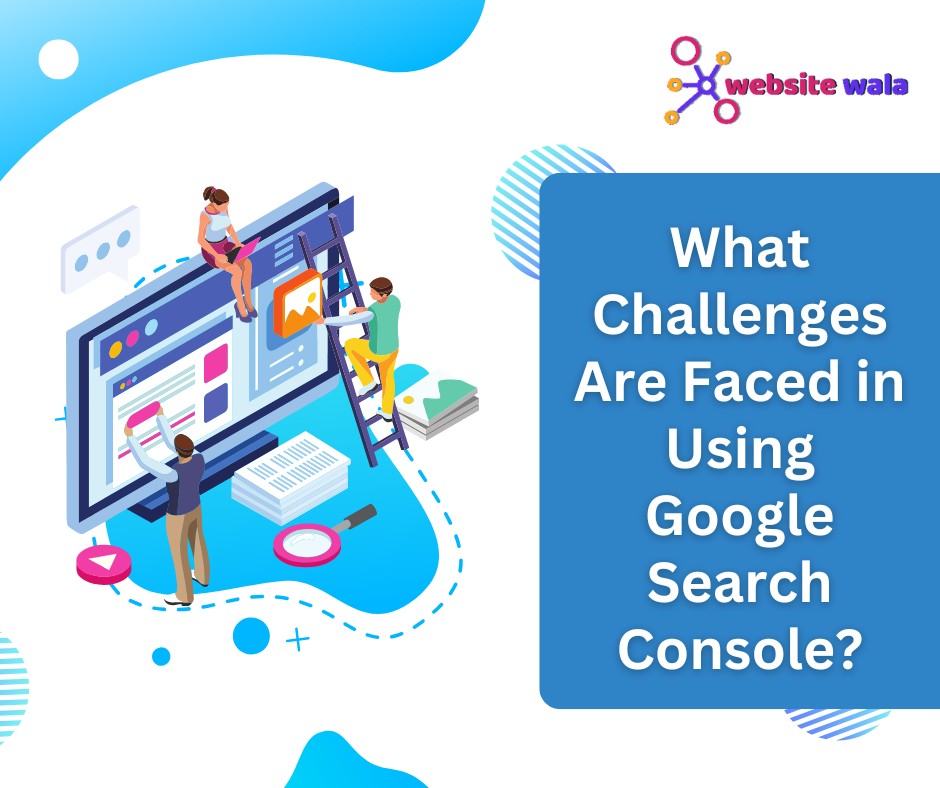
Learn about the advantages of using a responsive design framework to create websites that seamlessly adapt to different screen sizes and devices. Discover how responsive design can improve user experience, boost search engine rankings, and simplify development and maintenance processes.
The Benefits of Using a Responsive Design Framework
In today's digital age, having a website that looks great and functions seamlessly on all devices is essential. With the proliferation of smartphones, tablets, laptops, and desktop computers, it's important for websites to be responsive and adapt to the various screen sizes and resolutions that users may have. This is where a responsive design framework comes into play.
What is a Responsive Design Framework?
A responsive design framework is a versatile tool that helps developers create websites that can adjust their layout and content based on the screen size and device being used to access them. By using a responsive design framework, developers can build websites that are mobile-friendly, visually appealing, and user-friendly across all platforms.
The Advantages of Using a Responsive Design Framework
Improved User Experience
One of the primary benefits of using a responsive design framework is the improved user experience it provides. When a website is responsive, users can easily navigate through the content, access important information, and interact with various elements regardless of the device they are using. This leads to higher engagement and satisfaction among visitors, ultimately increasing the likelihood of conversions and repeat visits.
Boost Search Engine Rankings
In addition to enhancing user experience, responsive design can also have a positive impact on search engine rankings. Search engines like Google prioritize mobile-friendly websites in their search results, so having a responsive design can help improve your site's visibility and attract more organic traffic. By providing a seamless experience for users across all devices, you can boost your SEO efforts and increase your chances of ranking higher in search engine results pages.
Simplify Development and Maintenance Processes
Another advantage of using a responsive design framework is that it simplifies the development and maintenance processes for websites. With a responsive design framework, developers can create a single set of code that automatically adjusts the layout and styling based on the device screen size. This eliminates the need to create separate versions of the website for different devices, saving time and resources in the long run. Additionally, updates and changes can be made more efficiently, ensuring a consistent user experience across all platforms.
Key Features of a Responsive Design Framework
Responsive Web Design
Responsive web design is the foundation of a responsive design framework. It allows websites to adapt to different screen sizes and resolutions by using flexible layouts, fluid images, and media queries. With responsive web design, websites can maintain their functionality and aesthetics across various devices, providing users with a seamless browsing experience.
Adaptability to Different Screen Sizes and Devices
A responsive design framework ensures that websites look great and function properly on all devices, including smartphones, tablets, laptops, and desktop computers. By using a combination of fluid grids, flexible images, and media queries, developers can create websites that are visually appealing and easy to use on any screen size or resolution.
Mobile-Friendly Design
With the increasing use of smartphones and tablets, having a mobile-friendly website is crucial. A responsive design framework helps ensure that websites are optimized for mobile devices, allowing users to access content, navigate pages, and complete actions with ease on their smartphones and tablets.
SEO Benefits
Search engine optimization is an important aspect of website development, and having a responsive design can benefit your SEO efforts. Search engines like Google prioritize mobile-friendly websites in their rankings, so a responsive design framework can help improve your site's visibility and attract more organic traffic.
Scalability and Flexibility
Responsive design frameworks offer scalability and flexibility, allowing websites to grow and evolve over time. Whether you're updating content, adding new features, or expanding your online presence, a responsive design framework can accommodate these changes and ensure that your website remains visually appealing and functional on all devices.
Usability and Accessibility
A responsive design framework prioritizes usability and accessibility, making it easier for users to navigate and interact with your website. By optimizing the layout, content, and functionality for different devices, you can ensure that all visitors have a positive experience and can access your website's information and services with ease.
How a Responsive Design Framework Works
A responsive design framework typically uses a grid system and media queries to create a responsive layout that adjusts to different screen sizes and devices. The grid system helps define the structure of the website, organizing content into rows and columns that can adapt to varying screen widths. Media queries, on the other hand, allow developers to apply specific styles and layouts based on the device characteristics, such as screen size, resolution, and orientation.
By combining these elements, developers can create websites that are visually consistent and functional across all devices, providing a seamless user experience regardless of how users access the site. This not only enhances user satisfaction but also improves the website's performance, accessibility, and SEO rankings.
Utilizing a responsive design framework is essential for creating websites that are visually appealing, user-friendly, and accessible across all devices. By incorporating responsive design principles into your website development process, you can improve user experience, boost search engine rankings, simplify development and maintenance processes, and ensure that your website remains adaptable and scalable in the ever-changing digital landscape. With the growing importance of mobile devices and the diverse range of screen sizes and resolutions available today, having a responsive design framework is no longer a luxury but a necessity for any website looking to succeed online.




















